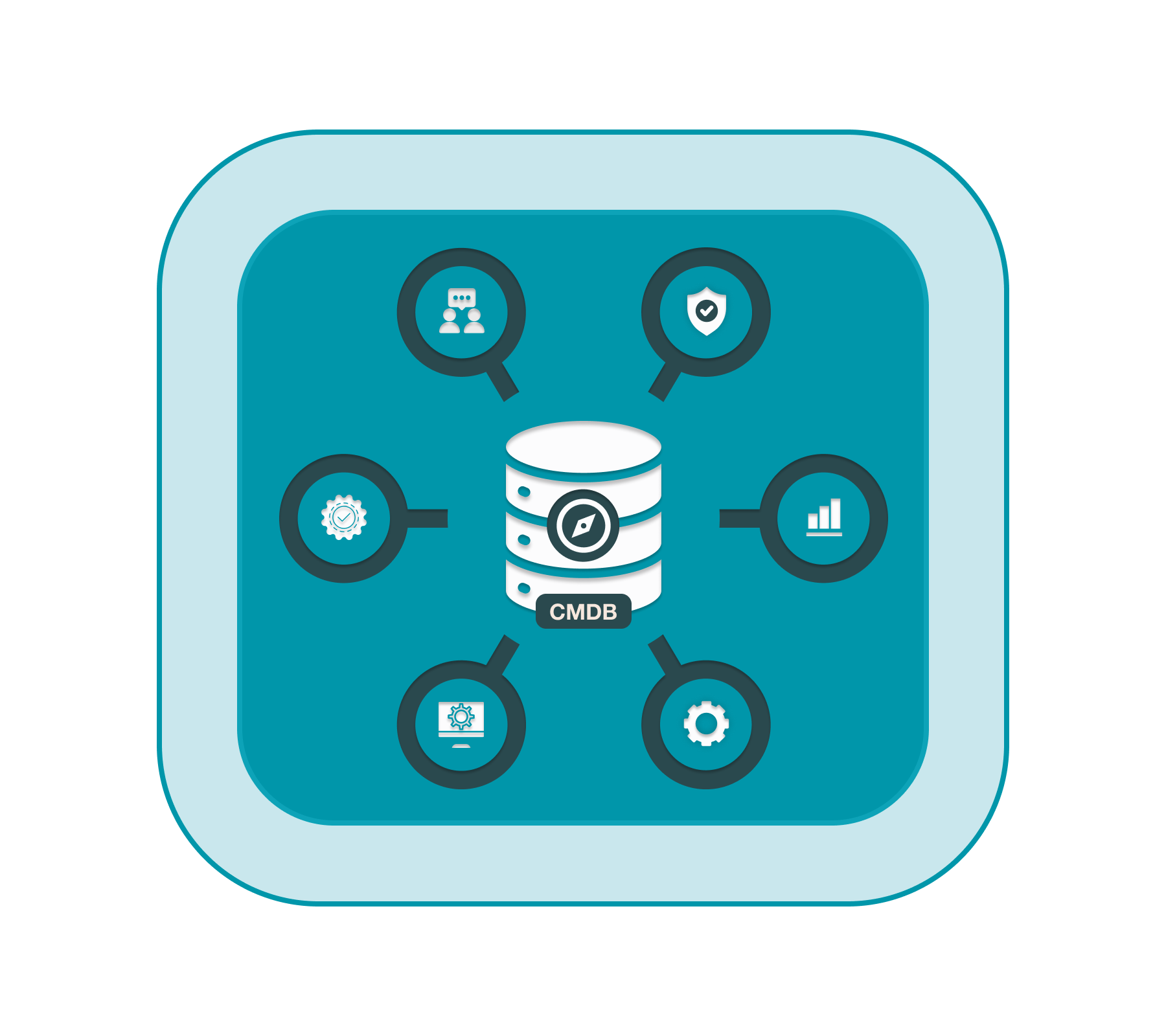Welcome to the next installment of our series on building a Cloud Configuration Management Database (CMDB). As we conclude this exploration, we will dive into the challenges faced during Cloud CMDB implementations and share real-world success stories that shed light on effective problem-solving strategies.
1. The Duality of Cloud and Legacy Integration
Implementing a Cloud CMDB poses unique challenges due to the distinct nature of cloud infrastructure compared to traditional legacy systems. The integration of virtualized assets and the inclusion of cloud-specific attributes make seamless transitions between Cloud and Legacy CMDBs complex. Currently, there is not a one-size-fits-all solution that can seamlessly address both legacy and cloud CMDB requirements. This necessitates careful consideration and strategic planning when embarking on a Cloud CMDB implementation.

2. Technologies in Focus: OnePane and ServiceNow
Two notable players in the Cloud CMDB arena are OnePane and ServiceNow, each adopting distinct approaches. OnePane aims to provide a comprehensive Cloud CMDB that addresses questions from a cloud perspective, encompassing the entire CMDB functionality in one integrated package. On the other hand, ServiceNow takes a platform approach, focusing on answering complex questions from a legacy CMDB by integrating cloud functionalities into associated applications.
3. Successful Implementations: A Real-World Scenario
Case Study: Global Health Company
Use Case:
Event Management and Incident Response for a global health company running AWS.
Integration Mechanisms:
- Discovery Product: Utilizing the platform's discovery mechanism to identify cloud resources and relationships, primarily focusing on Infrastructure Configuration items.
- Server Discovery: Conducting IP-based discovery of EC2 resources to identify server operating systems and configurations.
- Configuration Events: Pushing configuration changes from AWS to the CMDB instance via endpoint updates.
- APM Integration: Integrating with an Application Performance Monitoring (APM) platform to reconcile data and enrich the CMDB with attributes unique to the APM tool.
- Kubernetes Discovery: Implementing a discovery mechanism for Kubernetes infrastructure to enhance scalability understanding.
- Tag Utilization: Employing tags to map services and populate configuration items with foundation data from AWS.
4. Overcoming Challenges
Implementing a Cloud CMDB is not without its challenges and overcoming them requires careful consideration and adaptability. Let us explore a couple of challenges encountered during the case study:
Disparate Discovery Data Conventions
- Challenge: Mismatch between Kubernetes server names in the platform's discovery and the APM tool's node names.
- Solution: Modified the APM tool to present the host name as the server's name, ensuring consistency and data integrity.
Tag Governance
- Challenge: Tagging inconsistencies due to freeform text and varied standards.
- Solution: Defined desired tags, formulated a tag governance strategy, and used Terraform for updating tags on all resources, later integrating tag policies into the pipeline.
Conclusion: Lessons Learned and Future Insights
While the journey to building a Cloud CMDB is intricate, the lessons learned from overcoming challenges provide valuable insights. As we reflect on this series, it is essential to recognize that crafting a successful Cloud CMDB requires both art and innovation. The road may be fluid, but with careful planning and strategic thinking, organizations can navigate the complexities and unlock the transformative potential of Cloud CMDBs.

